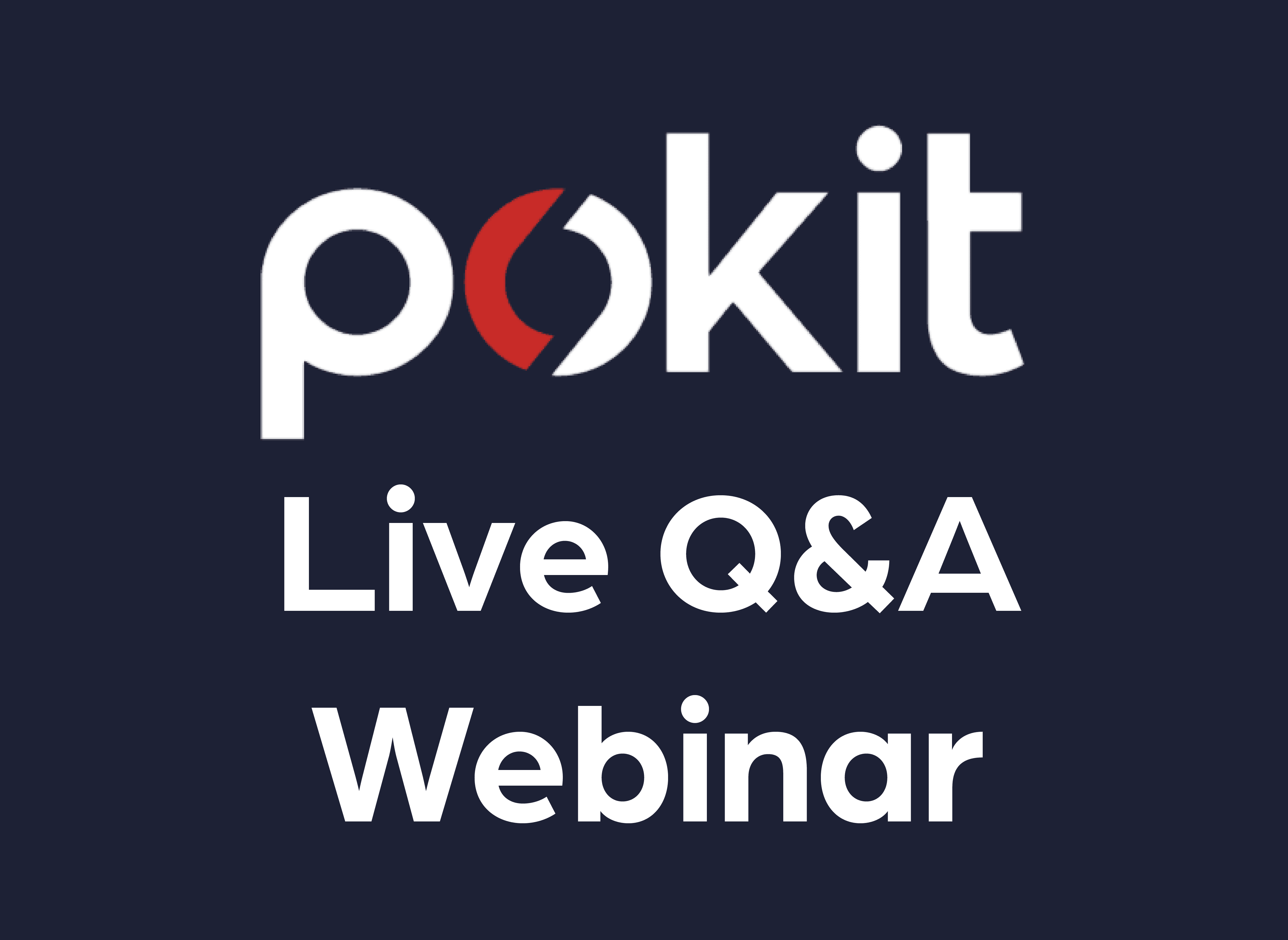This blog post was originally posted on December 15, 2021.
Contrary to popular belief, STEM courses aren’t only for students pursuing careers in fields like mathematics and science. Instead, STEM education goes beyond the school curriculum and provides a skill set that governs how you think, act, and behave.
STEM aids in the development of children and teenagers and enables them to solve real-world problems. Not just this, but STEM education creates the next generation of critical thinkers, innovators and increases science literacy. Here are the top five reasons STEM courses should be mandatory for all students:
What is STEM?
STEM is an acronym that encompasses four specific disciplines:
· Science
· Technology
· Engineering
· Mathematics
STEM education integrates these four subjects and presents them through hands-on experiences. Let’s discuss some quick facts about STEM courses:
· It is heavy on math and science
· STEM is a philosophy that integrates all four disciplines to offer you a new way of learning
· It forces students to approach education in an active, exploratory, and experimental way
Who Benefits from STEM?
STEM education is an excellent way of combating ethnic and gender gaps prevalent in science and math fields. Educators are introducing new initiatives to increase the roles of women and minorities in STEM occupations.
Plus, STEM education needs to become a national priority to help a country excel in the global economy.
Why is STEM Important to the World?
STEM education provides people with the skill set necessary to meet modern labour demands. It gives them experiences and skills that make them more employable.
In addition, all four components of STEM offer valuable lessons:
· Science helps you become better at research and critical thinking
· Engineering enhances problem-solving skills and the ability to apply knowledge to real-life problems
· Technology prepares you to work in an environment that implements high-tech innovations
· Mathematics enables you to eliminate errors, analyse information, and take calculated risks
Reasons Why STEM Courses Should be Mandatory for All Students
Let’s discuss the benefits of making STEM courses mandatory for all students:
STEM Occupations are the Future of Our Economy
An insightful study by the U.S. Department of Commerce reveals that STEM occupations are growing at 24% compared to other professions growing at 4%.
Another study shows that employment in STEM occupations will likely grow by 10.5% by 2030. Meanwhile, non-STEM occupations will likely experience 7.5% growth. Thus, it’s apparent that robust STEM education is becoming more critical.
In addition, STEM courses enable you to get a high-paying job. According to the U.S. Department of Labor, STEM workers earn an average of $89.780.
STEM Teaches Critical Thinking and Innovation
An excellent reason to make STEM courses mandatory for all students is that it helps learners develop critical thinking skills. By engaging in STEM courses, students learn to examine a problem, break it down into simpler steps, and create a solution.
In addition, STEM courses challenge students to be creative and challenge their minds. It teaches them to come up with newer, innovative ways to solve a problem. This way, STEM learning sets students up to become the next generation of innovators with radical ideas.
STEM Enhances Teamwork and Collaboration
STEM courses offer students recurring opportunities to enhance teamwork, collaboration, and communication skills.
STEM learners often work together to give formal presentations, find solutions to problems, record data and write reports, and more. Thus, students understand how to collaborate, demonstrate patience and empathy, and learn leadership skills.
While students learn to thrive in a team-oriented setting, they create lasting relationships. This way, they can successfully transform the classroom into an energetic, interactive, and fun learning environment.
STEM Curriculum Helps Develop Project Management Skills
STEM courses, particularly tech and engineering courses, include hands-on projects. Teachers expect kids to build robots, computer programs, or engines within a given time frame.
During this process, students learn to effectively manage their time and break complicated projects into smaller steps. They also teach young students about project management skills, which is important in professional environments.
STEM education also helps students adapt concepts to various iterations of an issue. These courses enable students to take calculated and incremental risks that build resilience, confidence, and flexibility.
STEM Teaches Necessary 21st-Century and Technological Skills
The Covid-19 pandemic and the consequent lockdown have reinforced the importance of technology in our everyday lives. With people unable to go outside for lessons, meet up, and carry out other tasks, they turned towards Zoom, Slack, and other revolutionary tools.
Thus, it’s even more important to equip young learners to use, understand, and develop technology in today’s world. STEM courses introduce students to basic and advanced concepts of technology, engineering, and sciences. As a result, learners grow familiar with state-of-the-art devices.
In addition, STEM education includes hands-on assignments that require students to utilize revolutionary tools to understand its working better.
Students are allowed to use various innovative devices, such as the ground-breaking multi-featured multimeter, Pokit Pro. Check out its app, which brings all your favourite measurement modes into one seamless display. This way, you can hone your technical skills to excel in the classroom.
The Bottom Line
On the whole, STEM courses equip students with a well-rounded foundation of real-time skill sets necessary to thrive in multiple industries.
STEM education transforms a society by allowing young learners to be flexible, look for patterns, and evaluate information. Moreover, STEM courses help raise awareness, communicate global issues, and enhance sustainability literacy.
More and more classrooms across the globe are recognizing the benefits of STEM learning and integrating it within their curriculum.




Leave a comment
This site is protected by hCaptcha and the hCaptcha Privacy Policy and Terms of Service apply.